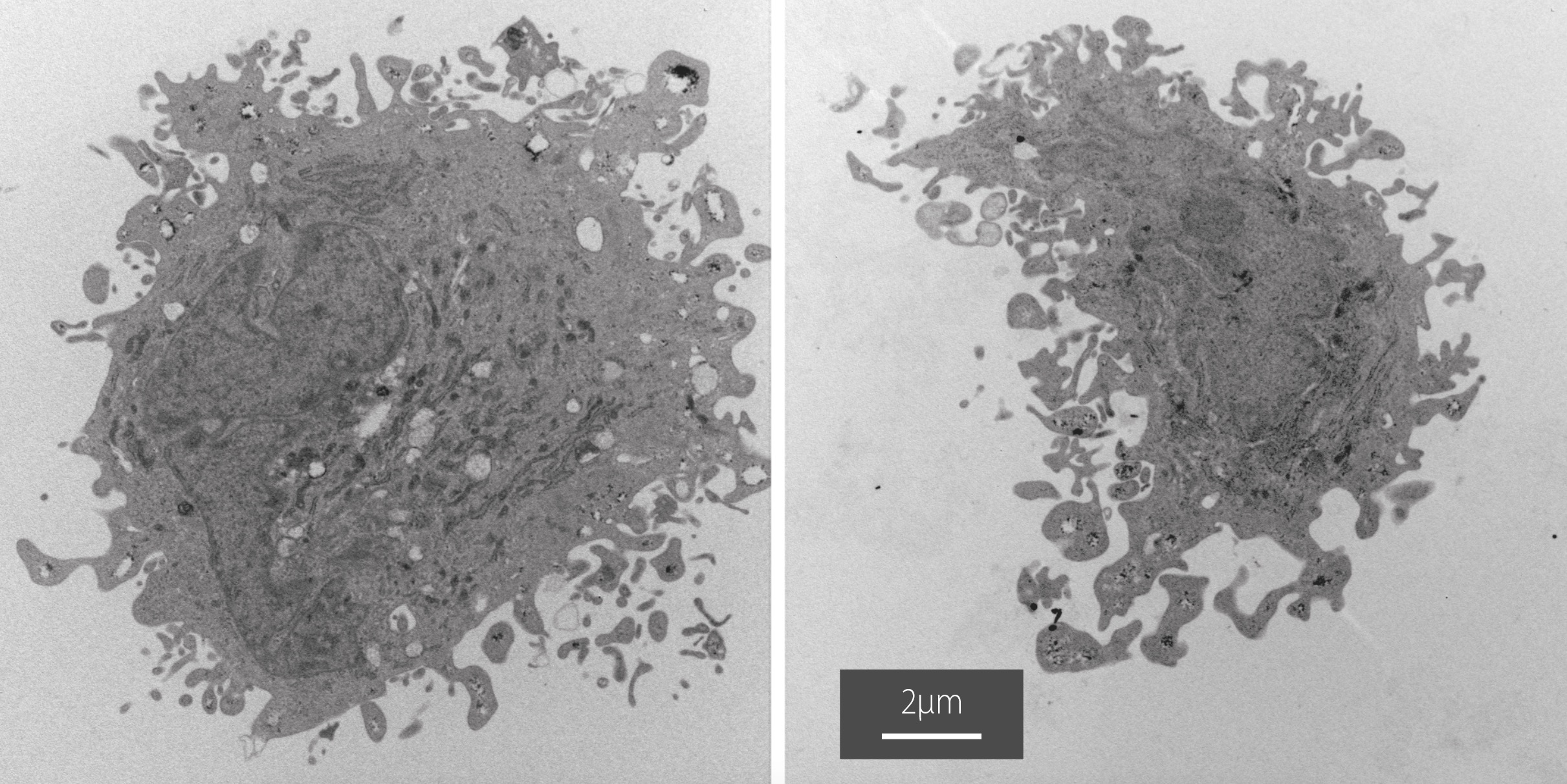Stem cell based therapies are potential treatments for a number of diseases including stroke. Dental pulp stem cells (DPSC) in particular, could provide a readily accessible source of stem cells as many people now retain their teeth into older age. This would allow autologous (self/self) transplantation following a stroke to improve functional outcomes.
In our 2012 Profile we reported on Dr Karlea Kremer’s research in this area. She showed that rodents whose brains were injected with DPSCs following a stroke showed significantly improved limb function. Dr Kremer, now at the South Australian Health and Medical Research Institute is looking to the future application of these cells in human patients who have suffered a stroke. As stroke affects many older people, she is now investigating whether DPSCs obtained from older patients have the same properties and function in the same way as those from younger patients.

She has been using the AMMRF (now Microscopy Australia) at the University of Adelaide to look at the fine detail of the cells’ structure by using transmission electron microscopy. DPSCs from different age groups showed no obvious structural differences. All the cells showed well-defined, irregularly shaped nuclei, endoplasmic reticulum and membrane projections on the outer membrane. Electron microscopy is combining with functional data to provide a thorough comparison of the differentaged stem cells.
Together they are helping to bring stroke treatment with a patient’s own stem cells a step closer.
September 21, 2015